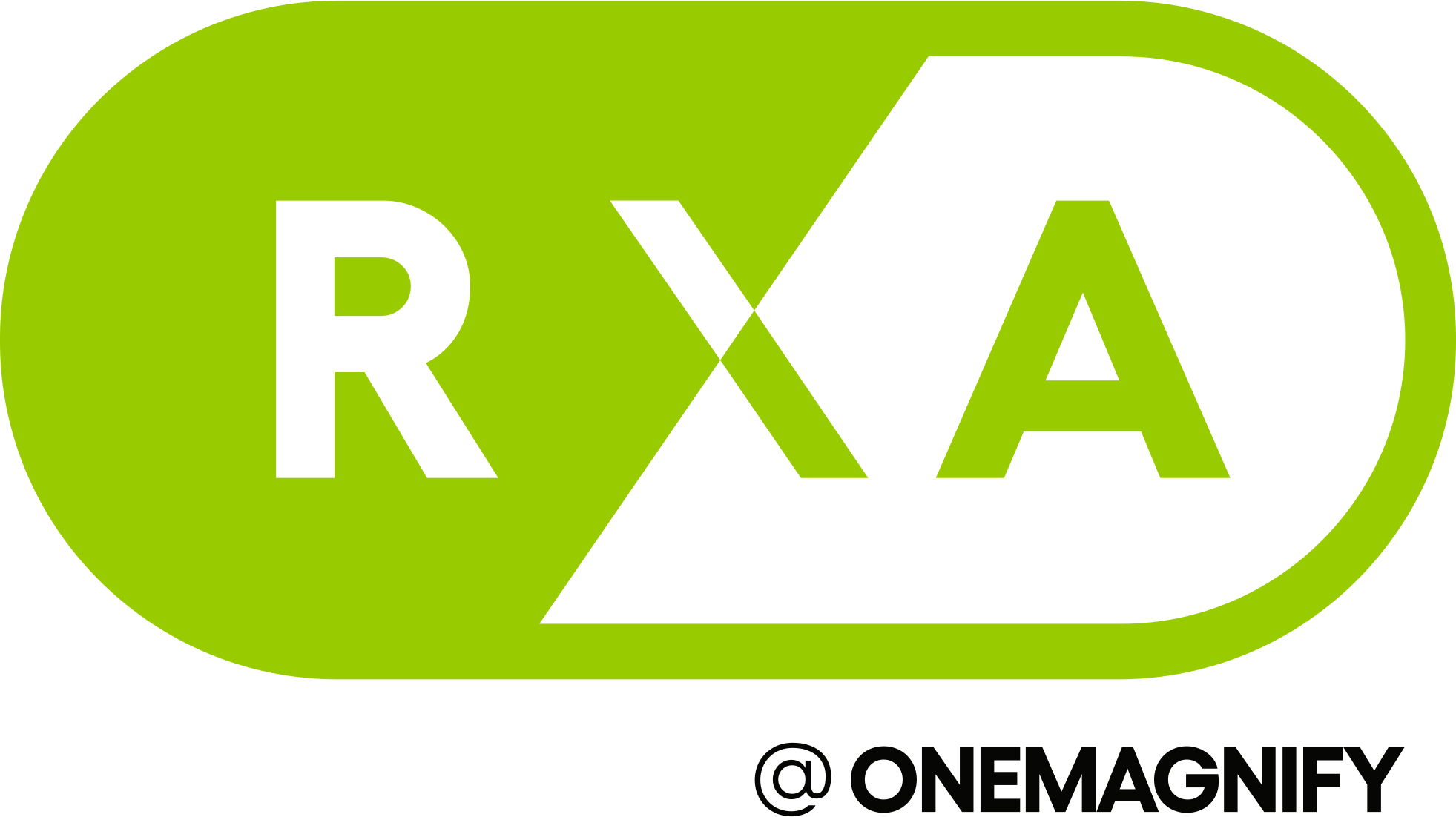Staff augmentation is the practice of engaging employees through a third party to fill a specific position for a fixed amount of time. When a company needs to increase their workforce, they can choose between sourcing and hiring talent in-house or engaging a consulting team to complete a specific project. Alternatively, staff augmentation allows companies to temporarily contract talent to fit their specific needs. This helps to smooth out the peaks and valleys of demand that many companies face, allows companies to increase or decrease the workforce on-demand and access specific skillsets that are not needed long term.
The pros and cons of in-house hiring
Many firms choose to hire in-house by recruiting and hiring employees to work for the company full time. This process costs thousands of dollars in recruitment fees and training costs and involves a large time investment for the hiring team to interview and vet candidates. Employees that are hired full-time must be paid a competitive salary, receive benefits and PTO, and they have an expectation of long-term employment with your company.
With these costs come many benefits: employees build a relationship with your organization, they adjust and contribute to company culture over time, and they develop institutional knowledge that helps them jump into projects quickly. In-house hiring also can have some disadvantages, such as the cost involved to develop company infrastructure, and you will need to have work for the individual long term.
The pros and cons of consulting engagements
Consulting engagements are another option when additional help is needed at your company. A consulting firm is hired to manage a project and complete deliverables. These engagements are project-based, so they extend to a finite deliverable. This can be Fixed Bid, which is scoped on the number of hours estimated to complete the deliverable, or Time and Materials, which is charged based on the resources used. Each method has its own advantages. Typically, a team of several consultants and project managers are working on a particular engagement.
Consulting companies will typically meet with the client to discuss progress and work towards the deliverable. These engagements allow your firm to take a hands-off approach and spend minimal time managing a project. Consulting involves a longer ramp-up period than other methods, as the consulting company will need time to scope the project and learn about the institution, and they tend to have a large price tag.
How to choose which program is right for you
Now that you understand the difference in these types of programs, you’re ready to decide which is right for you. These guidelines will help make an informed decision for your needs.
1. Number of projects or deliverables
If you have a definite project or deliverable to complete but don’t have the expertise to manage this in-house, consulting engagements are the right choice. Maybe there are several projects that could benefit from this expertise for a longer but finite period, in which case staff augmentation is the right fit. If you are looking to have a skillset integrated into your core business for the long term, hiring in-house is the way to go.
2. Complexity of the project and institutional knowledge required
When a project is staffed but missing a few key skillsets, staff augmentation can fill that gap. If a complex project needs management and a team of professionals to complete, consulting engagements are a great way to employ a fully managed team to get things done. But if a high level of institutional knowledge is required for project on an ongoing basis, in-house hiring is the most efficient way to fill out the team.
3. Ownership of the outcomes or sensitive material involved
Due to the finite and outsourced nature of consulting, these engagements work best when there is less sensitive material involved and project deliverables can be easily passed to your own team. Keep in mind that not all consulting engagements will offer full IP rights to you once a project is over, so you’ll need to work with them for a contract beforehand. In-house hiring and staff augmentation are both great options when dealing with sensitive material, and ownership of the deliverables belongs to the company after the project is over.
How to Pick the Right Staff Augmentation Team
If staff augmentation sounds like the right choice for your needs, it is important to find the right company to work with. The first step is to define the objectives you are looking to accomplish and find a firm that staffs those types of employees. For example, if you need a copywriter, you’ll look to a marketing staff augmentation firm. If you’re looking to incorporate AI into your company, you’ll look for a data science staff augmentation firm.
You also should review the skillsets that firm offers. This includes the technical skills and soft skills required for the work you need to complete, and a culture fit with your firm. Finding a truly compatible partner will ensure you can get the most out of the engagement.
Staff augmentation is becoming more commonplace as many companies realize the benefits this model offers. Every firm is a little different but finding the right one for you can make a huge difference in your business!
RXA offers data science staff augmentation services, and we are happy to answer any questions you may have about this model. If you would like to learn more, contact our team via our website at https://rxa.io/contact or email us at learn@rxa.io.

